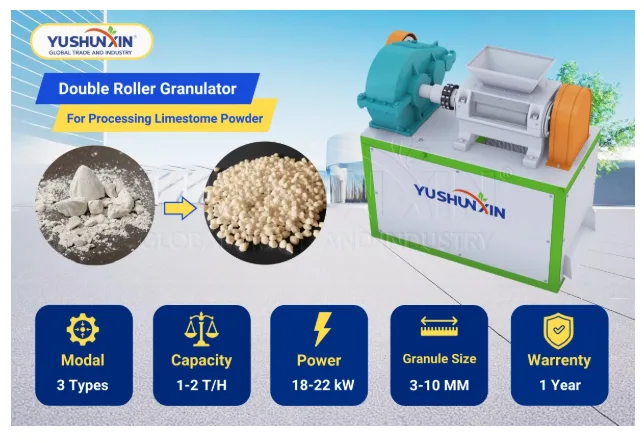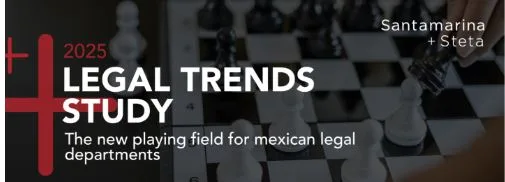How to Make Limestone Pellet: Complete Guide and Extruder Machine Options in Pakistan
Limestone is one of the most important raw materials used in construction, agriculture, and industrial manufacturing. However, in its powdered form, it can be difficult to handle, store, and transport efficiently. Converting limestone powder into pellets provides a cleaner, safer, and more profitable way to utilize this valuable mineral. If you are exploring how to make limestone pellet and searching for an extruder machine for sale in Pakistan, this article will help you understand the entire process, benefits, and best equipment for your production line.
What Is Limestone Pelletizing?
Limestone pelletizing is the process of transforming fine limestone powder into small, dense, and uniform pellets. These pellets are easier to handle, reduce dust during processing, and can be used in multiple industries such as fertilizer manufacturing, animal feed, and environmental treatment. The process can be done using different types of granulation equipment, but one of the most efficient and cost-effective methods is dry granulation with a roller or extruder machine.
Pelletized limestone has better mechanical strength and improved performance compared to raw powder. It provides consistent composition and a controlled release of calcium carbonate when used in agricultural soil applications.
Step-by-Step Process: How to Make Limestone Pellet
If you want to produce limestone pellets, you need to follow a few essential steps to ensure product quality and machine efficiency.
- Crushing and Grinding
Start with high-quality limestone rocks. Crush them using a jaw crusher or hammer mill until they become fine powder. The finer the powder, the better the pellet formation during granulation. - Mixing and Moisture Control
The limestone powder should have controlled moisture levels. Sometimes, a small amount of water or binder is added to help particles bond during compression. Consistent moisture ensures uniform pellet size and durability. - Pelletizing with an Extruder or Roller Machine
The heart of the process lies in the granulation step. The powder is fed into a double roller extruder, which compresses it between two rotating rollers. The pressure compacts the material into dense, solid pellets. This dry process requires no drying or liquid binders, making it energy-efficient and environmentally friendly. - Screening and Recycling
Once pellets are formed, they are screened to separate fine particles and oversized pieces. The off-size material is recycled back into the machine to maintain production efficiency. - Final Drying and Packaging
Although dry granulation typically produces ready-to-use pellets, a short drying phase may be applied for extra stability. After that, the pellets are packaged in bags or bulk containers for transportation and sale.
This step-by-step approach ensures the production of strong, uniform limestone pellets that are ready for market use.
Importance of Using the Right Extruder Machine
The success of the pelletizing process depends greatly on the quality of your extruder. A good extruder machine for sale in Pakistan should have strong rollers, stable pressure control, and a durable design to handle continuous operation. These machines can process a wide range of materials, including limestone powder, NPK fertilizers, and other mineral-based products.
Modern extruder machines are designed with the following features:
- Dry Granulation Technology: No need for binders or dryers.
- Energy Efficiency: Consumes less power while maintaining high output.
- High Productivity: Can produce 1 to 3 tons of pellets per hour.
- Customizable Roller Designs: Allows adjustment of pellet size according to demand.
- Low Maintenance: Simple structure with easy-to-replace parts.
In Pakistan, these machines are increasingly being used in fertilizer plants, chemical industries, and mineral processing units. They help improve material handling, reduce waste, and add value to low-cost raw materials like limestone powder.
Benefits of Limestone Pellets
Understanding how to make limestone pellet is only part of the process. It’s equally important to know why pelletizing is so valuable. Here are some key advantages of producing limestone pellets:
- Dust-Free Handling: Pelletized limestone reduces dust pollution, making the workplace cleaner and safer.
- Improved Storage and Transport: Pellets are denser, easier to package, and occupy less space than raw powder.
- Controlled Application: When used in agriculture, pellets offer even distribution and controlled nutrient release.
- Increased Market Value: Processed pellets often have higher demand and better profit margins.
- Versatility: The same technology can be used for other materials like fertilizers and minerals.
These benefits make pelletizing a smart investment for both small manufacturers and large-scale industrial producers.
Extruder Machine for Sale in Pakistan: Growing Market Potential
The demand for extruder machine for sale in Pakistan has increased significantly due to the growth of the fertilizer and mineral industries. Local businesses are realizing the economic advantages of dry granulation technology. Instead of importing finished products, they can now produce high-quality limestone pellets locally using efficient, affordable machines.
Modern extruder systems available in Pakistan are suitable for small and medium enterprises. They require minimal space, have low energy consumption, and can be operated with basic technical skills. This makes them a perfect fit for entrepreneurs looking to enter the limestone pellet production business.
Setting Up a Limestone Pellet Production Line
To establish a small limestone pellet plant, you typically need the following equipment:
- Limestone Crusher or Grinder – To convert raw limestone into fine powder.
- Mixer or Moisture Controller – To ensure uniform blending.
- Extruder or Roller Granulator – For compacting the powder into pellets.
- Screening Machine – To separate and recycle off-size material.
- Packaging Unit – For bagging and storing the final pellets.
With this setup, even a modest operation can produce several tons of limestone pellets per hour, depending on machine capacity.
Final Thoughts
Learning how to make limestone pellet is an excellent opportunity for businesses that want to add value to raw limestone resources. Pelletizing not only improves material quality and usability but also enhances profitability. Choosing the right extruder machine for sale in Pakistan ensures consistent production, long-term reliability, and better returns on investment.
As Pakistan’s construction and agricultural industries continue to grow, the demand for processed limestone products will keep increasing. Investing in a modern granulation or extrusion system is a smart step toward sustainable production and business success.




